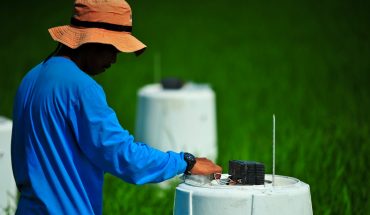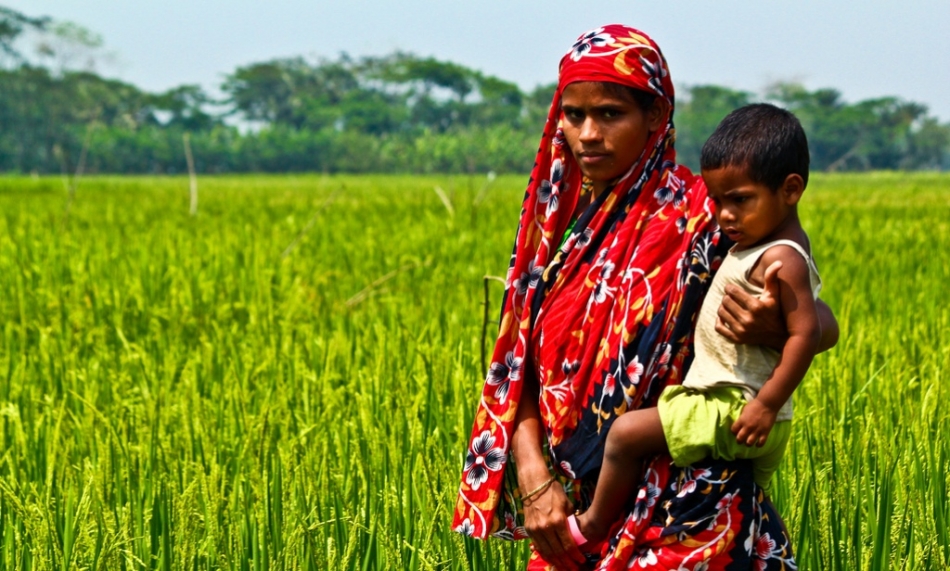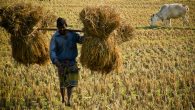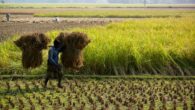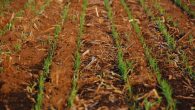The ability to quantify GHG emissions along the entire value chain from farm to shelf for a specific product is the key to enhancing the transparency of the origin of emissions and for reducing emissions. This is especially the case for emissions that are incurred once the paddy rice leaves the farm and enters...
TRENDING Topics

